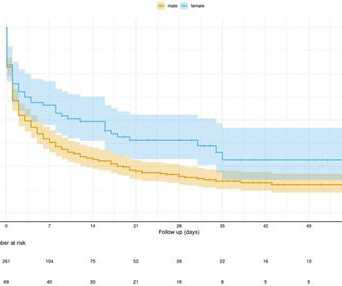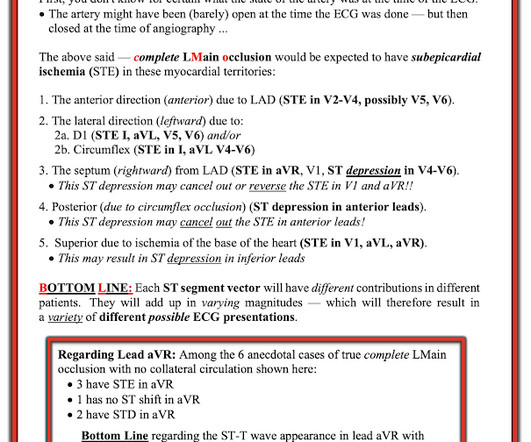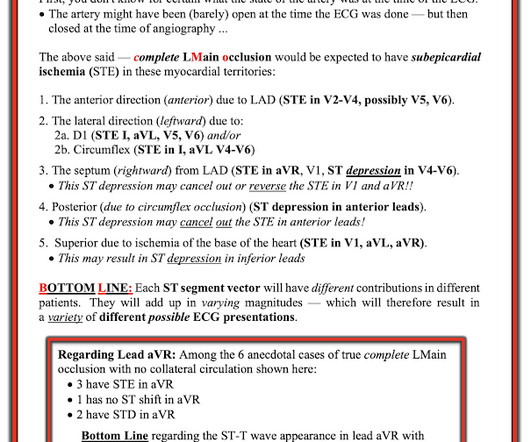Gender disparities in patients undergoing extracorporeal cardiopulmonary resuscitation
Frontiers in Cardiovascular Medicine
JANUARY 15, 2024
Female patients showed a lower prevalence rate of pre-existing coronary artery disease (48% vs. 75%, p < 0.001) and cardiomyopathy (17% vs. 34%, p = 0.01) compared with the male patients, while the mean age and prevalence rate of other cardiovascular risk factors were balanced.













Let's personalize your content